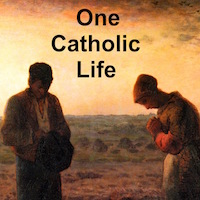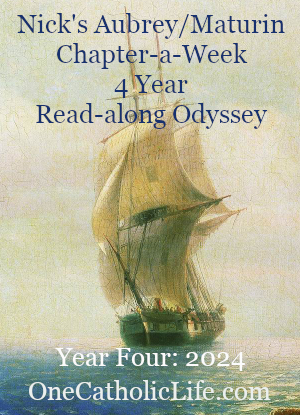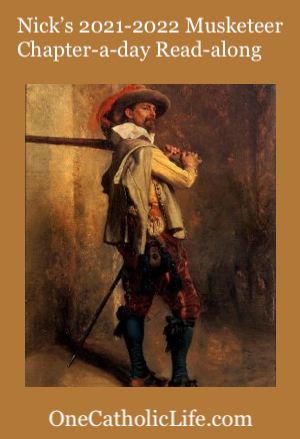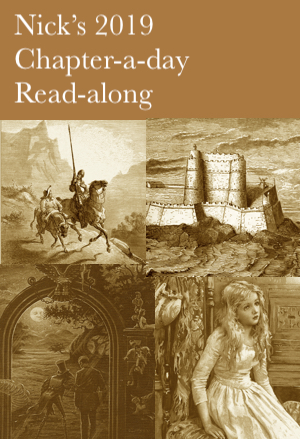The Two Towers: Homily for the Twenty-third Sunday in Ordinary Time Year C
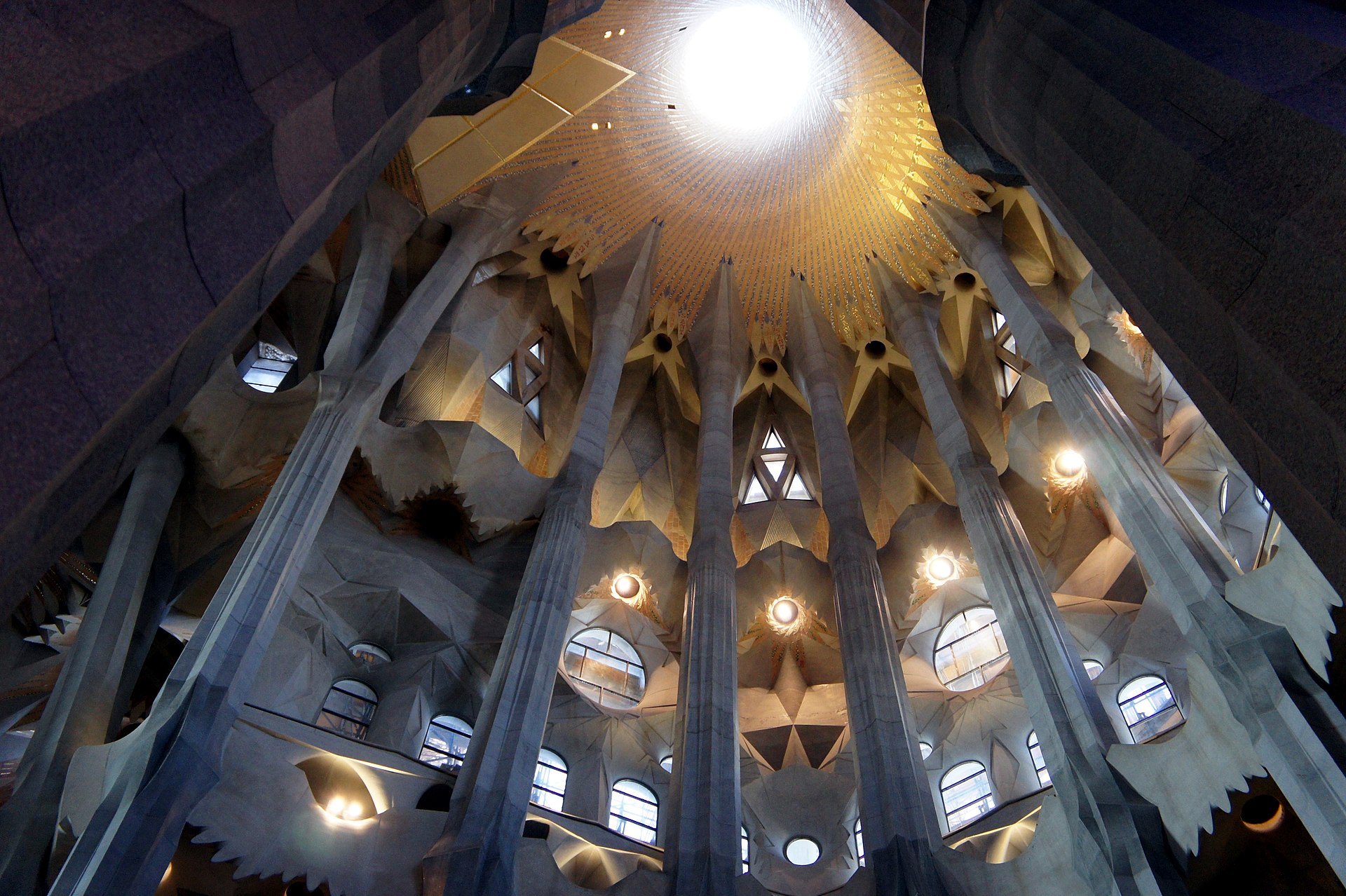
Once upon a time there were two towers.
Both towers began to be constructed about the same time,
in the late 1800s.
Both were constructed in Europe and designed by European architects,
and both of them were ambitious projects,
with plans for multiple levels, huge arches,
and decorative statues.
Each structure was designed to reach high into the sky,
and to be built of sturdy stone.
And both of these towers are unfinished to this day.
Both architects died during their construction,
and neither building was ever completed.
Today Jesus talks to the crowds about building a tower.
He compares building a tower
to being his disciple.
When you construct a tower, he tells the crowd,
you must count the cost beforehand.
In the same way, he says,
to be his disciple,
you must count the cost,
you must understand fully what it takes to follow him.
Otherwise you may find yourself unable to finish the work.
There is a cost to building a tower.
There is a cost to being a disciple of Jesus.
What is the cost of discipleship?
Jesus is very clear about this:
“Whoever does not carry his own cross and come after me
cannot be my disciple.”
The cost of discipleship is the cross.
The spiritual writer Dietrich Bonhoeffer explores this idea
in his book The Cost of Discipleship.
Bonhoeffer distinguishes between what he calls
cheap grace and costly grace:
“Cheap grace is grace without discipleship,
grace without the cross, grace without Jesus Christ.
Costly grace is the treasure hidden in the field;
for the sake of it, a man will gladly go and sell all that he has.”“Such grace is costly because it calls us to follow,
and it is grace because it calls us to follow Jesus Christ.
It is costly because it costs a [person] his life,
and it is grace because it gives a [person] the only true life…
Above all it is costly because it cost God the life of his Son…
and what has cost God so much cannot be cheap for us.”
“…what has cost God so much cannot be cheap for us.”
Jesus did not give up his life for us
so that we could “leave the world for an hour or so
every Sunday morning and go to church…”
He gave up his life so we could follow him 24/7:
carrying our own cross each day,
letting go of all that we possess, and all that possesses us.
Today we hear Jesus ask us if we have we factored that
into our calculations for building a spiritual life.
We often calculate costs in life.
How much do I need to save for a down payment for a mortgage?
How long will it take me to save it?
We calculate how much a vacation will cost us,
or what kind of car we can afford,
how much we’ll spend on gas or maintenance.
We calculate and estimate and predict.
Jesus is inviting us to do the same thing
with the spiritual life.
Jesus challenges us to calculate the cost of discipleship.
Because if we don’t,
we risk leaving the work of our spiritual lives unfinished,
like a building that is abandoned before it is done,
like a tower that is never completed.
Returning to the two unfinished towers we started with,
we saw that they had a lot in common.
Both were made of stone, both were started over 100 years ago,
both remain unfinished.
But there are also some significant differences between them.
The first one was designed in Scotland
by a man named John Stuart McCaig.
It was McCaig who commissioned the tower to be built,
and it was McCaig who designed it.
His purpose was to create a lasting monument to his family,
in the style of the Colosseum in Rome.
He designed it to be an elaborate structure,
with arches and arches, and a large central tower,
and a museum, and an art gallery.
Inside the central tower would be a large statue of himself,
and statues of his siblings and their parents.
But McCaig died before it was completed.
He did leave money in his will for the maintenance of the tower,
but his heirs contested the will and won their case,
and so the tower was never finished.
McCaig may have calculated
what he thought it would take to finish the tower,
but he miscalculated his family.
His tower was all about glorifying himself, glorifying his family,
and it sits in Scotland to this day, unfinished.
In fact, it’s even known today as “McCaig’s Folly.”
Jesus talks about the man who doesn’t finish his tower
who is made fun of by the onlookers.
McCaig’s Folly.
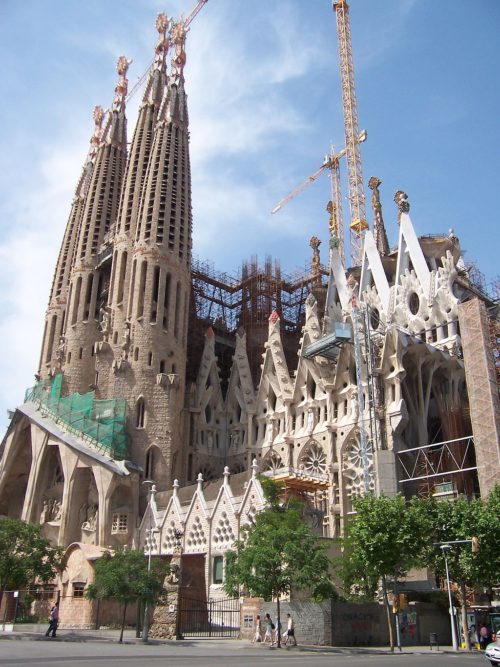
La Sagrada Familia, Barcelona
Now the second tower in our story
is actually more than a tower, to be honest, quite a bit more.
It was designed in Barcelona, Spain.
And it, too, like McCaig’s Folly,
was intended to honor a family,
but not the family of the designer.
This building is a massive church intended to honor the Holy Family,
La Sagrada Familia, in Spanish,
the Sacred Family, the Holy Family,
Jesus, Mary, and Joseph.
Its chief architect was Antoni Gaudi,
and construction began on it in 1882.
And like McCaig’s Folly, it remains unfinished to this day.
But what’s different about La Sagrada Familia,
when compared to McCaig’s Folly,
is that construction has never stopped on La Sagrada Familia.
From 1882 to 2022, for 140 years,
it has been worked on and worked on.
And it is magnificent.
I’ve only seen it in pictures,
but it’s on my bucket list.
Our daughter Teresa saw it when she spent a semester abroad
a few years go,
and she raved about how awe-inspiring it is.
Eighteen towering spires of differing heights,
representing the twelve apostles, the Blessed Virgin Mary,
the four evangelists,
and the tallest spire of all, representing Jesus Christ.
It will have three grand facades,
representing the Nativity, the Passion, and the Glory;
massive columns depicting the the seven gifts of the Holy Spirit,
the seven deadly sins,
and the seven heavenly virtues;
five doors, with the central door having a triple entrance,
to represent the seven sacraments.
And that’s not even mentioning the interior of the church,
illuminated in all the colors of the rainbow,
designed to look organic,
like a living thing.
When Gaudi died in 1926,
less than a quarter of the project was complete.
But work continued under the direction of Gaudi’s main follower,
who handed it on to a group of architects
who have continued the work,
so the church is continually being worked on.
Pope Benedict consecrated the church in 2010
and proclaimed it a minor basilica.
It was projected to be finished in 2026,
but this has been delayed a bit due to the pandemic.
Maybe some of you here have seen it in person,
but if you haven’t, and you want to see something truly inspiring,
go online and look up La Sagrada Familia,
the church of the Holy Family in Barcelona Spain.
The construction of this church is a metaphor
for the construction of our spiritual lives,
for the building of our relationship with Christ.
Gaudi calculated correctly.
He knew the church would not be finished in his lifetime,
it was not even intended to be finished in his lifetime.
He built that into his calculations.
And now, it is very close to being finished.
And so that begs the question, where are we in our spiritual lives?
How are our calculations?
Are we, like McCaig’s Folly, focused on glorifying ourselves,
incomplete in our calculations?
Or are we, with our lives,
honoring the Holy Family,
taking Mary as our model of discipleship, of motherhood, of prayer;
taking Joseph as our model of fatherhood, of devotion?
Are we following Jesus, by taking up our cross daily,
refusing to settle for cheap grace, and seeking costly grace?
When we honor Jesus with our lives,
when we build that into our calculations,
We have a much better chance of finding fulfillment,
of being completed.
We know that we will not find complete fulfillment in this life.
That only happens in the next life.
But we also know that if we abandon the work
we will run the risk of living an unfinished, unfulfilled life
And so this week we’re invited to recalculate our spiritual life,
to factor in taking up our cross daily.
This is the cost of discipleship.
As we look at the spiritual life we are building,
is it looking more like McCaig’s Folly,
or La Sagrada Familia?
Podcast: Play in new window | Download
Subscribe: RSS


















